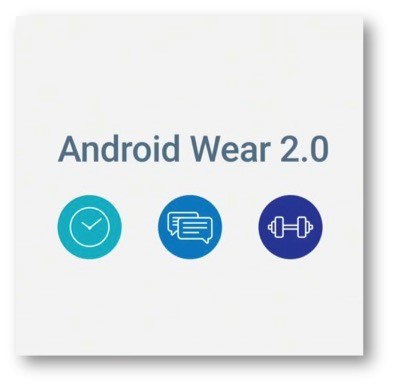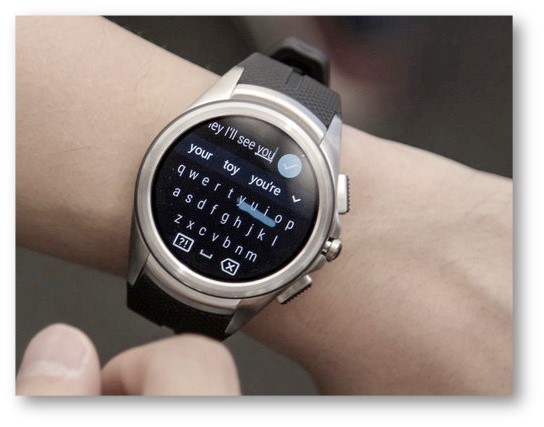Android Wear 2.0 Frees Smartwatches from Phones
Tia Winter | 13 September 2016 Google holds an annual event to announce new developments, called I/O, or Innovation in the Open. At the most recent, the launch of a huge new update to the Android operating system was announced. Dubbed Android Wear 2.0, the new system will allow for many new functions and will make existing ones such as managing messages, notifications and fitness tracking that much simpler.
Google holds an annual event to announce new developments, called I/O, or Innovation in the Open. At the most recent, the launch of a huge new update to the Android operating system was announced. Dubbed Android Wear 2.0, the new system will allow for many new functions and will make existing ones such as managing messages, notifications and fitness tracking that much simpler.
Android Wear 2.0’s biggest change is that smartwatches will no longer need to be tethered to users’ smartphones. Thanks to standalone apps and new capabilities to connect directly via Wi-Fi, Bluetooth and cellular technology, the watches can be used independently.
This is especially good news for Android smartwatch users who have iPhones. The current lack of app support when a Google watch is paired with an Apple phone should now be improved, as apps can be downloaded straight to the watch.
Better Integration
With Android Wear 2.0, data from multiple third-party apps can be viewed on a single screen. This improved data integration should make for improved lifestyle integration, so that, for example, calorie burn figures will show up in FitBit companion apps.
Combining all fitness requirements means smartwatches act like coaches and companions, and users will even be able to access their workout playlists from Spotify without moving to a new screen. Relevant apps will simply open as required, such as Strava launching whenever a wearer starts cycling.
Working with new Android 2.0 innovations, developers should be rolling out more and more standalone apps, such as those that include popular Denada Casino games for watches in the near future. The untethered watches’ security will be maintained with usernames and passwords that are entered using Android Wear 2.0’s new input methods.
Improved Interface and Functions
The recent makeover of Android’s interfaces is seen in its new wearables too, and rather than simply being transplanted from other devic es the new available version is optimised for watches. The entire look is more suited to round screens, and the App Launcher has been redesigned to be more user-friendly.
es the new available version is optimised for watches. The entire look is more suited to round screens, and the App Launcher has been redesigned to be more user-friendly.
Task lists, step trackers and other daily tools will be more readily accessible with Android Wear 2.0. A new action drawer at the bottom of the display, similar to what is seen in Android smartphones, will display context-specific actions.
Along with many other functional improvements in Android wear 2.0, messaging will be easier thanks to improved fingertip writing recognition. A new small native keyboard should help even more, and Google has also made it possible for third-party keyboard apps to offer alternatives that might work better for different individuals.
No Longer for Every User
While it’s not surprising that Android Wear 2.0 won’t be available to older-generation smartwatches such as the Moto 360 or the LG G Watch, there is significance to this fact. Google usually stops updating its Nexus tablets and phones after about 2 years, and these watches in particular have several successors.
This is, however, the first notable departure from Google’s philosophy of controlled smartwatch experiences being available to all. Watching to see whether there are any further deviations, and what impact that has if there are, should be very interesting.

